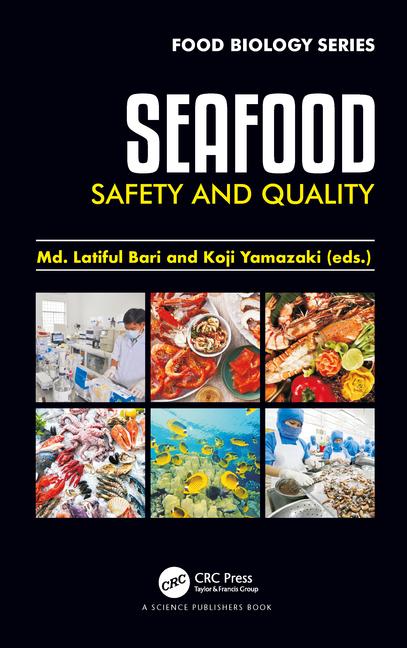TheNational Provisionerasks editorial board member Lynn Knipe, Extension Processed Meats Specialist and associate professor in Food Science and Technology, and Animal Sciences at Ohio State University, for his take on meat-slicing technology and techniques. Sanitation and the need for producing a consistent, high-quality product remain atop the list for processors in the new year.
NP: What is the No. 1 challenge processors face in terms of slicing equipment?
Knipe: Sanitation is the No. 1 concern of processors regarding slicing equipment. Slicing equipment needs to be easy to disassemble — in order to access harborage points for Listeria monocytogenes — and tolerant of the cleaning process (e.g., application of water, cleaners, sanitizers, heat, etc.).
NP: How can processors address that challenge?
Knipe: Most equipment suppliers are now making equipment available that satisfies the sanitation requirements.
NP: As speed and efficiency of slicing equipment improve, is the equipment able to maintain a consistent, high-quality product, or is customization of the process necessary to ensure that?
Knipe: Producing a consistent, high-quality product is typically a function of product characteristics, particularly at high speeds. These characteristics include product temperature or firmness, how well sectioned and formed pieces adhere, etc. So, customization of the process is necessary with high-speed slicing.
NP: You mention sanitation of slicing equipment as the No. 1 concern — do you believe the industry has done a good job of heeding the call in this instance? Have you heard of or seen any slicing operations put any additional emphasis upon this area?
Knipe: The manufacturers of slicers have responded to the need for improving their equipment for ease of cleaning and sanitizing, however, these changes add costs to this equipment. Many processors have invested in this more expensive slicing technology, however, not all processors are able to or interested in making the additional investment.
NP: How can slicing equipment advance further to help processors? What is the next step for the technology, in your opinion, based on your experience?
Knipe: In my opinion, considering the relative biological risks of sliced, ready-to-eat meat products, any advances in eliminating L. monocytogenes from the sliced products would be welcome. Some work has been done on rinsing blades during slicing or during breaks, as well as conveyor belts with ozone and other antimicrobial agents, to remove or destroy L. monocytogenes, but further development of this technology would be helpful.
Lynn Knipe is the Extension Processed Meats Specialist and Associate Professor in Food Science and Technology, and Animal Sciences at Ohio State University. He is also a member of The National Provisioner Editorial Board. For more information, contact him at knipe.1@osu.edu or (614) 292-4877.
Related Articles
Related Products
See More ProductsSee More ProductsEvents
View AllSubmit An EventView AllSubmit An Event×
Get our new eMagazine delivered to your inbox every month.
Stay in the know with The National Provisioner's comprehensive coverage of the meat and poultry processing industry.
SUBSCRIBE TODAY!Copyright ©2024. All Rights Reserved BNP Media.
Design, CMS, Hosting & Web Development :: ePublishing





Report Abusive Comment